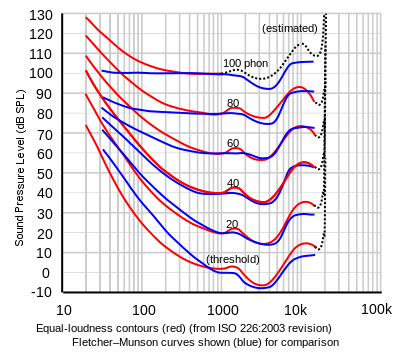Re: parallel, split...output?
Er... you are in my ignore list, dude.
Anyway, I will answer your question, because it can be of help to rest of mates.
This is what is being called half-oop mod:

Originally posted by darthphineas
View Post
Anyway, I will answer your question, because it can be of help to rest of mates.
This is what is being called half-oop mod:



Comment